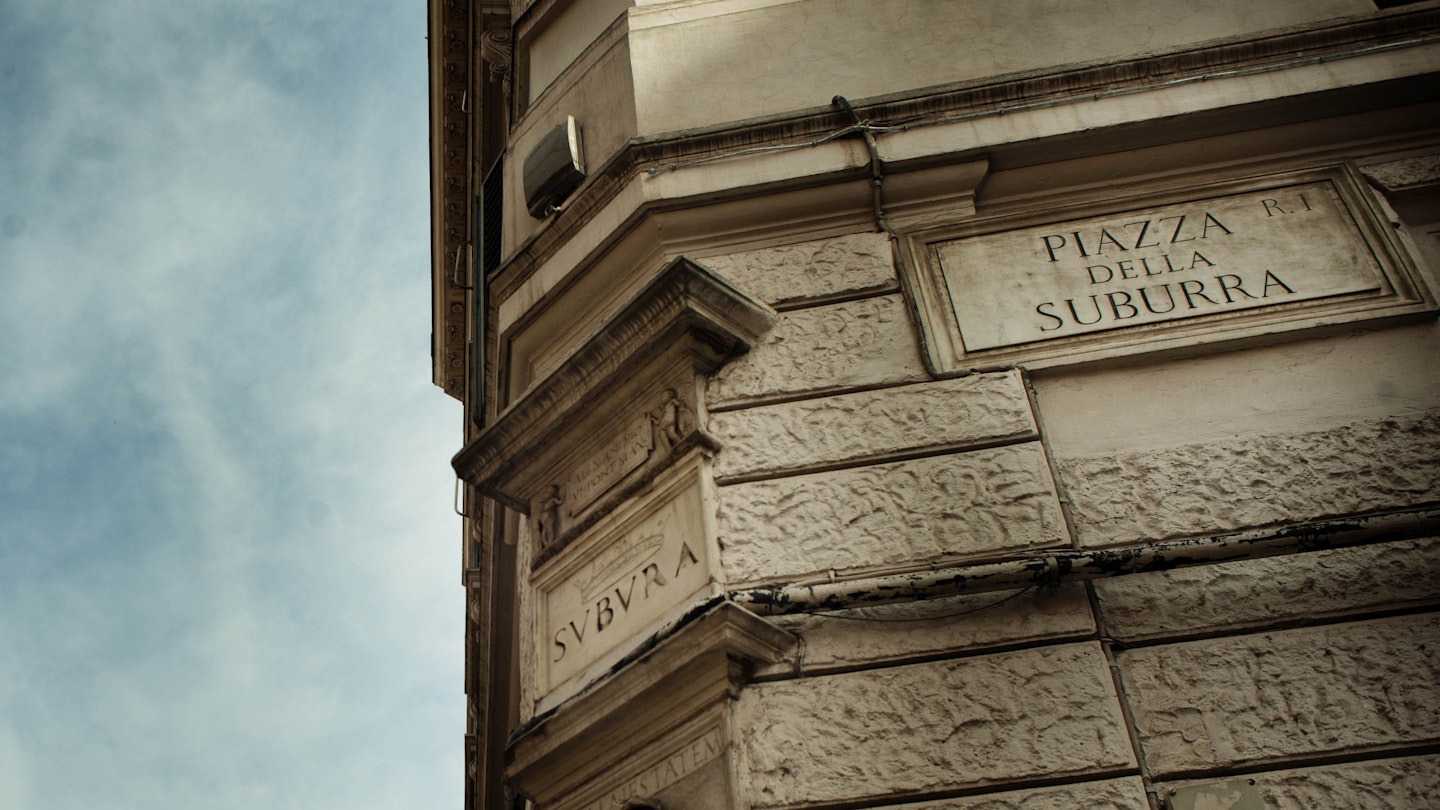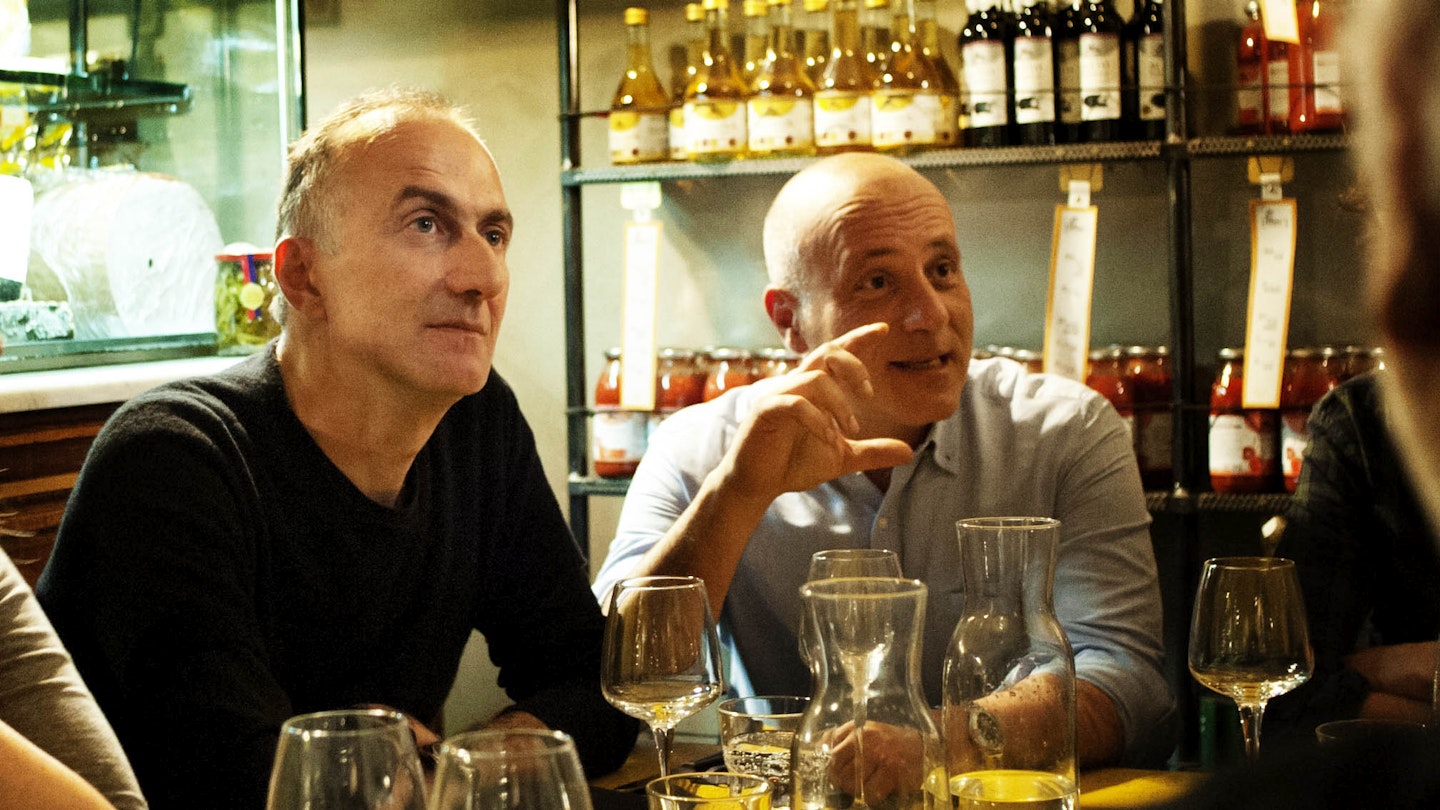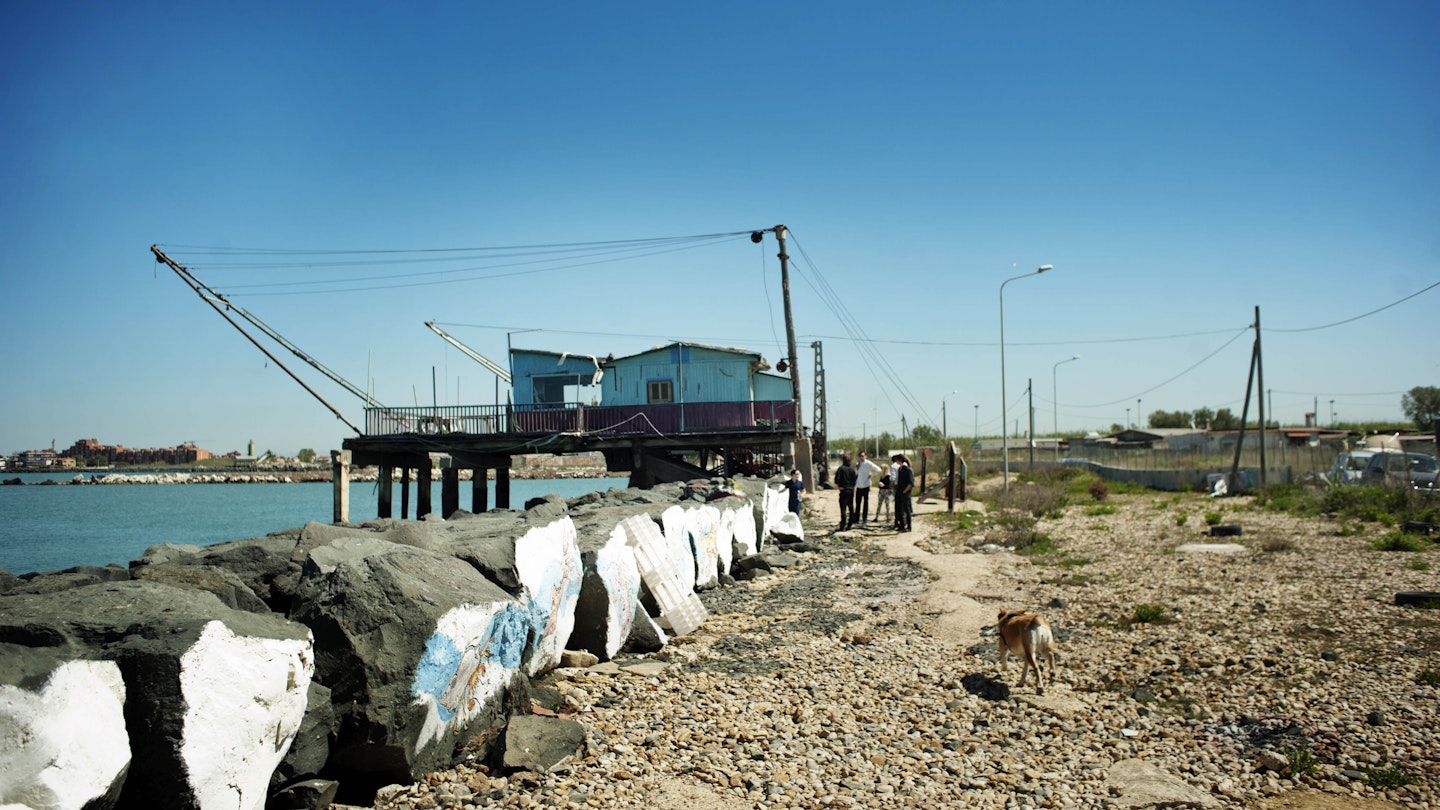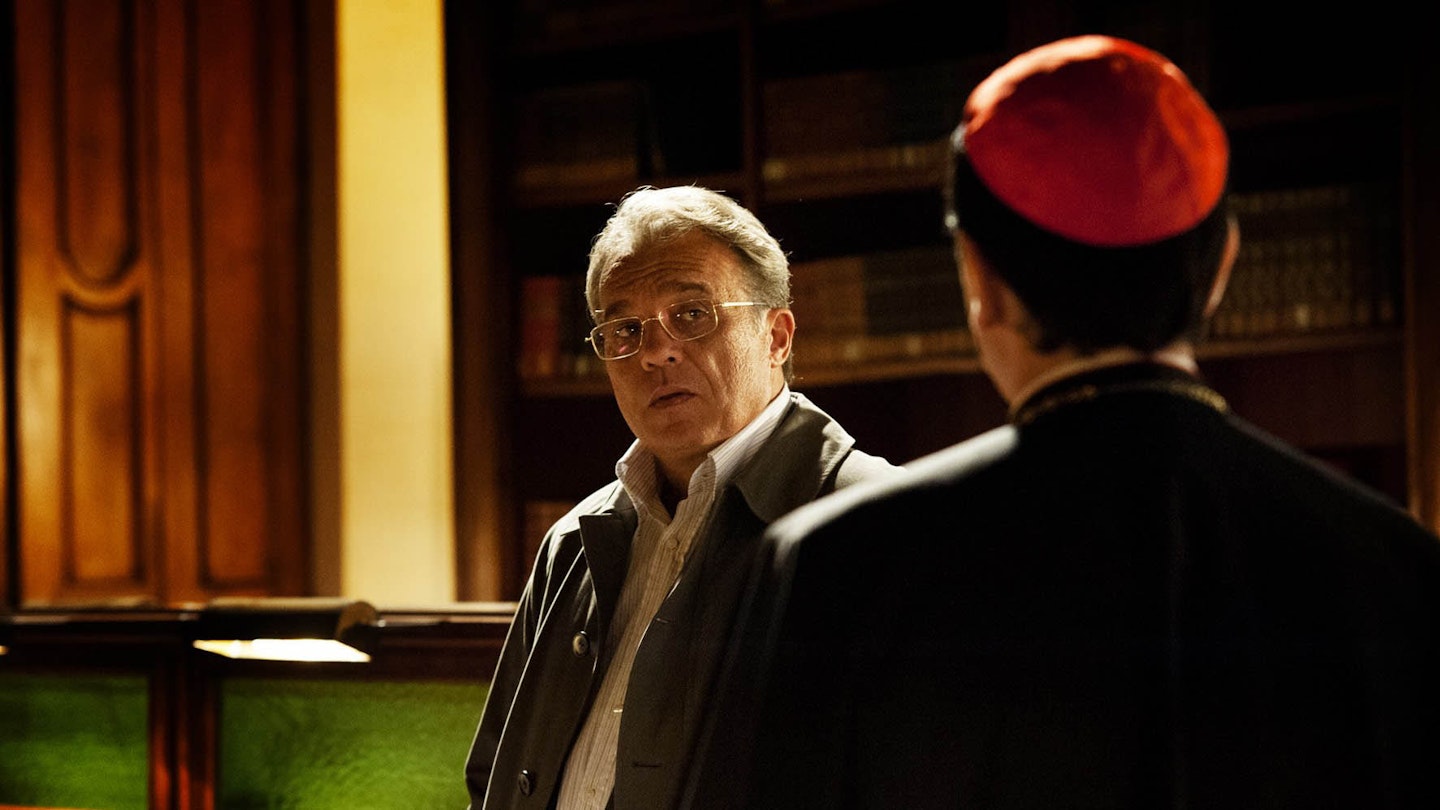In ancient Rome, were you to wander north of the Colosseum, past the Carinae district, you would find yourself in the area known as ‘Suburra’, the de facto red light district of the old Roman Empire’s capital. It was a thriving hotbed of crime and prostitution, where working class residents and establishment figures rubbed shoulders in the heaving brothels and taverns: a strange ecosystem where seedy corruption trickled openly into the Roman senate.

A lot has changed in the intervening two millennia. But, if we are to believe Suburra, the new Italian film that borrows the area’s name, that omnipresent criminality never really went away.
“My pitch is that nothing [in Rome] has really changed,” says the film’s director, Stefano Sollima, speaking to Empire in a restaurant a few yards from Suburra’s original ancient location. “This is the way that power goes. What is interesting here is in the past, you had poor people aiming to get a better life through crime. Today, they no longer dream of a better life. They're criminals in a cycle.”

The Eternal City, implies the film, is eternally plagued by darker forces. Power structures are permanently vulnerable to corruption, and nowhere more so than Italy, which continues to live under the cloud of the Mafia. Among its vast ensemble of characters, Suburra depicts politicians mixing with prostitutes; crime lords mixing with street-level drug dealers; the Vatican mixing with mafiosi. It’s a side of Rome – the city of fut-futting Vespas, sickly sweet gelato, and La Dolce Vita – that we rarely get to see.
The characteristic of the Mafia is to be flexible. They adapt.
Simone Sterpetti, the film’s location manager, offers Empire a distinctly non-touristy tour of the city. First on the itinerary is Ostia, an oddly quiet beachside suburb, far off the beaten tourist track, which despite its proximity to the Mediterranean, feels more like a Hastings or Margate equivalent. In the film, Ostia plays host to a brutal showdown between two key characters, ending in a building going up in flames. Perhaps it’s the glaringly un-English weather, but on this balmy spring day, brutal gangland violence seems fairly distant.

Empire asks what sort of industry or economy Ostia is famous for. Sterpetti thinks for a moment. “No industry,” he says. “Beach vacations, maybe. But no industry.” Later, over lunch, the film’s screenwriter Carlo Bonini describes Ostia as “one of the neighbourhoods in Rome where you have 'the feelings'”. He’s not talking about anything emotional or soppy here: this is the part of town where the Mafia still rule at least some of the roost. “You can taste the Mafia there,” he says.
Much of Suburra feels drawn from real life. Next on our tour, Sterpetti leads us into Piazza Colonna, a handsome public square in the heart of historic Rome, and the site of the film’s climactic political protest. Weeks after filming, the square hosted a real-life anti-government protest, in a speedy case of life imitating art. In the film, both the Pope and the Italian Prime Minister ultimately resign, as they did in real life. How much, Empire asks, is drawn from real life?
“It's a fiction,” insists Sollima, who adapted the film from the novel by Bonini and co-writer Giancarlo De Cataldo, “but based on a few events. It was all about using that reality and editing it – getting different perspectives.”

Bonini’s day job is an investigative journalist, a career that proved invaluable in writing sprawling crime fiction like Suburra. “As a journalist, you cast your net wide. You get all details you can find. When you start writing fiction for a movie, you have the same approach. They're both storytelling, in different ways.” His co-writer meanwhile, Giancarlo De Cataldo, has enjoyed firsthand criminal experience via a different route: he's a former judge.
We couldn’t have made this film five or ten years ago.
That ancient cosy relationship between the criminal and political classes, the filmmakers agree, is as strong as ever. The Mafia still cast a unique shadow over the country. “There are no more places in Italy where you will find someone say 'this is a Mafia-free town'”, claims Bonini. De Cataldo agrees, noting that their longevity is due to their agility. “The characteristic of the Mafia is to be flexible. They adapt.”
Such is the Mafia's hold on Italian society that the film itself would barely have been possible a few years ago. Italian corruption seeps into the arts and media – Silvio Berlusconi still owns most of the mainstream media – and Sollima emphasises it was only through foreign-owned media like Sky that he could start telling more honest stories. Sky Italia funded his wildly successful television adaptation of Gommorah, which directly lead to independent funding for Suburra. “We couldn’t have made this film five or ten years ago.”

As Sterpetti leads us around Fiumicino, an impoverished dockside suburb where the film’s heroin-addicted gangsters hole up, Empire can’t help but eyeing up the locals, internally speculating who could be connected in The Family. The history of the Eternal City is everywhere to behold (one of our guides for the day complained that the city only has two metro lines because “every time they try to dig a new metro line, they find some more history”). But modern Romans seem hopeful that this is one part of their history confined to history books. “A great judge used to say: ‘everything has an end in life’”, says De Cataldo. “So will the Mafia. I hope to live long enough to see it.”
